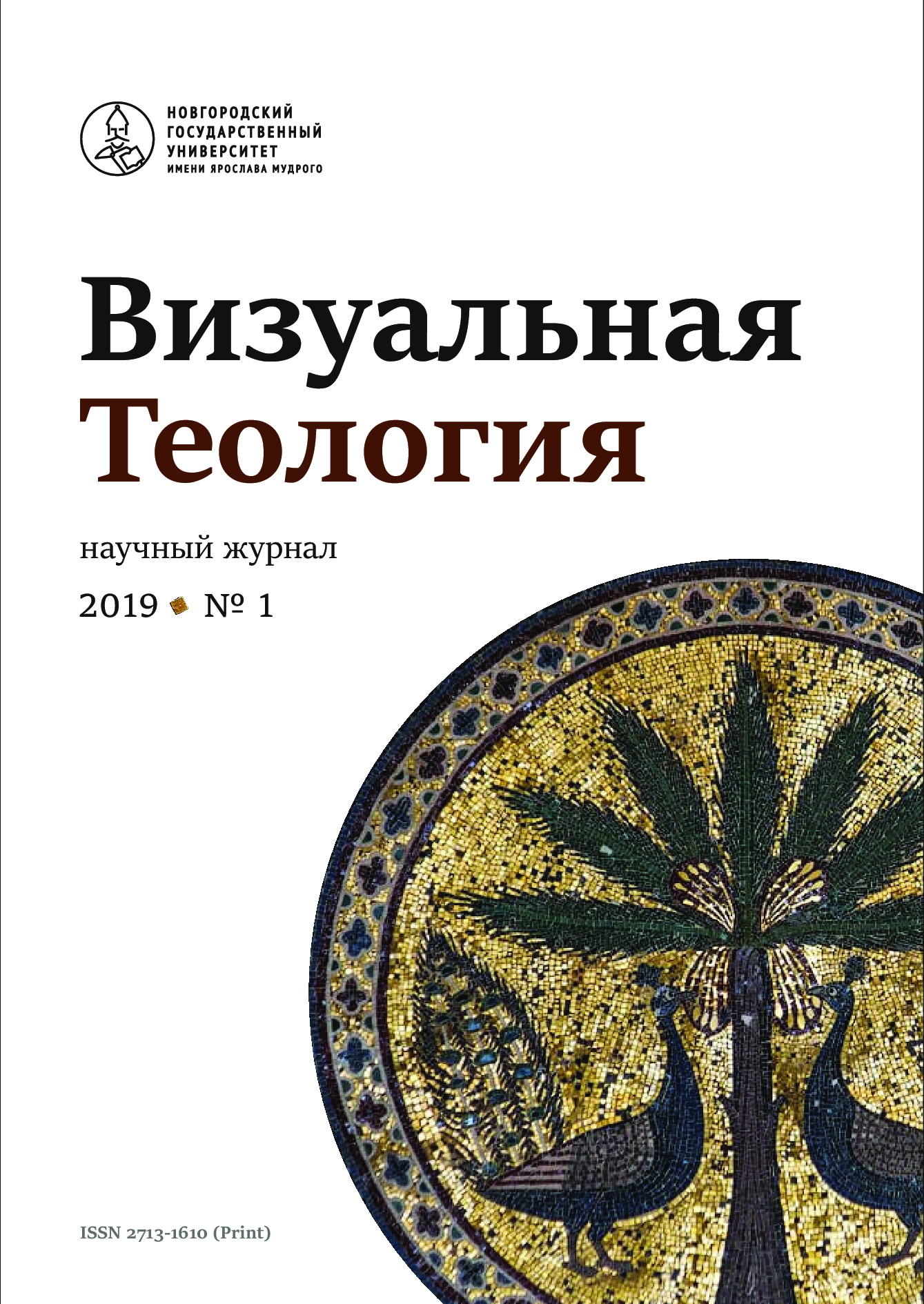L’université hiérotopique comme une part de l’architecture sacrée dans l’historiographie d’Isaac Newton
Abstract
In this paper, Isaac Newton’s historiographical research on the history, architecture, ceremonies of Jerusalem Temple, Biblical prophecies about it, and the influence of the ancient Hebrew sacred architecture on ancient Gentile architectural traditions, is analysed. The author shews that, for Newton, an ancient temple always represents an hierotopic university: it is the case for the Temple of Jerusalem, Græco-Roman and ancient oriental pagan temples. These hierotopic universities were built to transmit the knowledge of the structure of the world and the basic religious ideas, to the generations to come. This knowledge was encrypted by dint of sacral architectural hieroglyphs. For Newton, the ancient Jewish Tabernacle and the two Temples of Jerusalem were the direct precursors of the Hellenistic cultural and religious tradition of Prytaneum, representing 1) the model of the Universe; 2) the heliocentric Solar system; 3) precise astronomical data on constellations, stars and the Milky Way structure; 4) the position of our Solar system in the Milky Way; 5) the structure and unity of matter; and 6) the mutual transformations of the matter aggregate states. Sir Newton demonstrated that it was the wholistic knowledge about the Universe known to the ancient philosophers, priests and rulers, and this information was transmitted to their descendants as hieroglyphs of the Temple of Jerusalem. After that, these hieroglyphs influenced the architectural hieroglyphic traditions of the ancient heathen (Gentile) temples.



